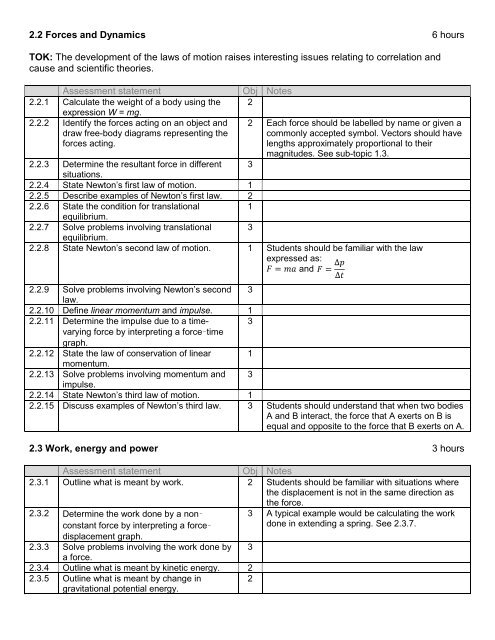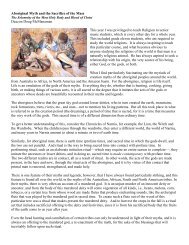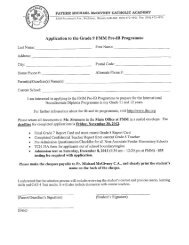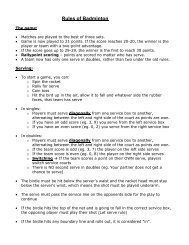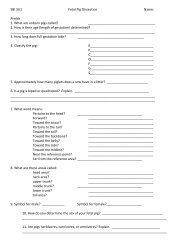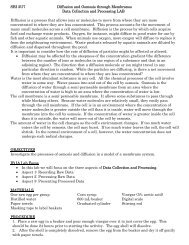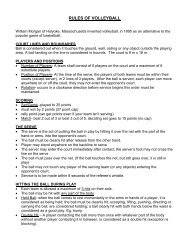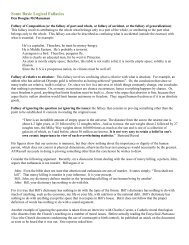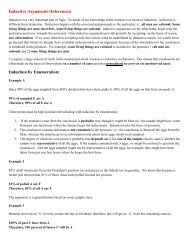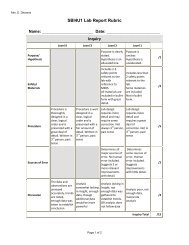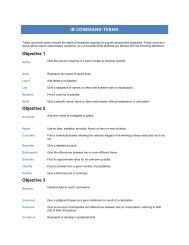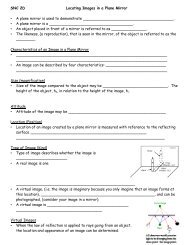Syllabus - Father Michael McGivney Catholic Academy
Syllabus - Father Michael McGivney Catholic Academy
Syllabus - Father Michael McGivney Catholic Academy
- No tags were found...
You also want an ePaper? Increase the reach of your titles
YUMPU automatically turns print PDFs into web optimized ePapers that Google loves.
2.2 Forces and Dynamics 6 hoursTOK: The development of the laws of motion raises interesting issues relating to correlation andcause and scientific theories.Assessment statement2.2.1 Calculate the weight of a body using theexpression W = mg.2.2.2 Identify the forces acting on an object anddraw free-body diagrams representing theforces acting.Obj Notes22 Each force should be labelled by name or given acommonly accepted symbol. Vectors should havelengths approximately proportional to theirmagnitudes. See sub-topic 1.3.32.2.3 Determine the resultant force in differentsituations.2.2.4 State Newton’s first law of motion. 12.2.5 Describe examples of Newton’s first law. 22.2.6 State the condition for translational1equilibrium.2.2.7 Solve problems involving translational 3equilibrium.2.2.8 State Newton’s second law of motion. 1 Students should be familiar with the lawexpressed as:and2.2.9 Solve problems involving Newton’s second 3law.2.2.10 Define linear momentum and impulse. 12.2.11 Determine the impulse due to a timevarying3force by interpreting a force–timegraph.2.2.12 State the law of conservation of linear 1momentum.2.2.13 Solve problems involving momentum and 3impulse.2.2.14 State Newton’s third law of motion. 12.2.15 Discuss examples of Newton’s third law. 3 Students should understand that when two bodiesA and B interact, the force that A exerts on B isequal and opposite to the force that B exerts on A.2.3 Work, energy and power 3 hoursAssessment statementObj Notes2.3.1 Outline what is meant by work. 2 Students should be familiar with situations wherethe displacement is not in the same direction asthe force.2.3.2 Determine the work done by a nonconstantforce by interpreting a force–3 A typical example would be calculating the workdone in extending a spring. See 2.3.7.displacement graph.2.3.3 Solve problems involving the work done by 3a force.2.3.4 Outline what is meant by kinetic energy. 22.3.5 Outline what is meant by change ingravitational potential energy.2


